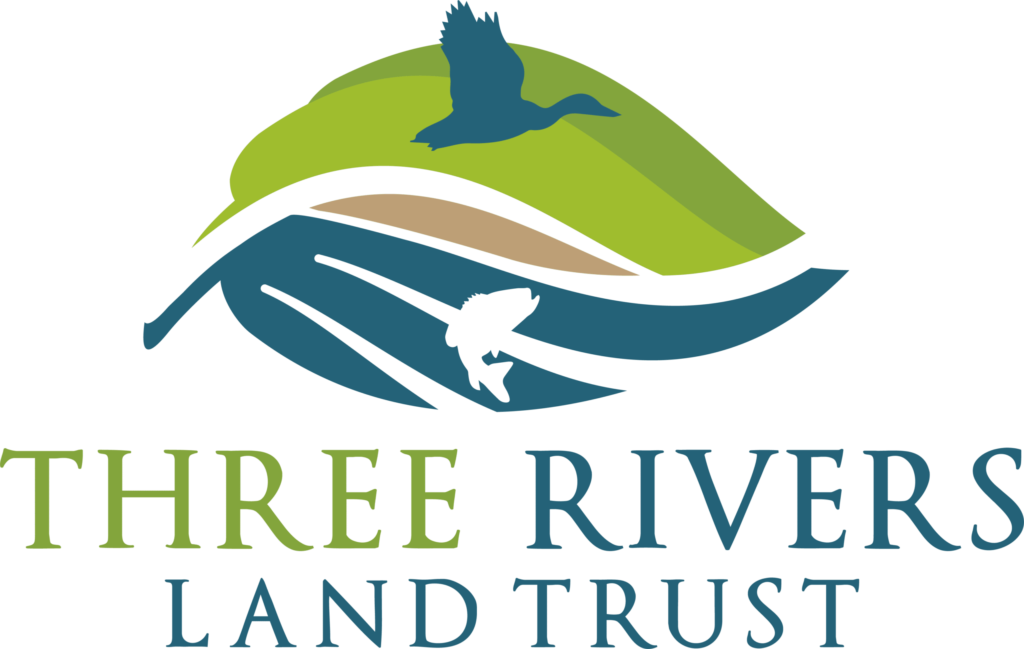Impact by County
Three Rivers Land Trust works with private landowners and public agencies to conserve the most important natural, scenic, agricultural, and historic places in a 15-county region of the Piedmont and Sandhills of North Carolina.
Since 1995, the Land Trust has worked to offer reasonable and attractive options to landowners who want to conserve their lands and keep them undeveloped in perpetuity. Our mission is to work thoughtfully and selectively with property owners to conserve natural areas, rural landscapes, family farms, scenic rivers , and historic places within North Carolina’s central Piedmont and Sandhills.
Related Resources
Impact by County
Three Rivers Land Trust works with private landowners and public agencies to conserve the most important natural, scenic, agricultural, and historic places in a 15-county region of the Piedmont and Sandhills of North Carolina.
Since 1995, the Land Trust has worked to offer reasonable and attractive options to landowners who want to conserve their lands and keep them undeveloped in perpetuity. Our mission is to work thoughtfully and selectively with property owners to conserve, natural areas, rural landscapes, family farms, scenic rivers , and historic places within North Carolina’s central Piedmont and Sandhills.
Related Resources
Local Focus,
Real Results
Discover how our conservation efforts benefit communities, wildlife, and nature statewide.
51,526 ac
Total acres permanently conserved.
383 mi
Total stream miles conserved.
8,387 ac
Total acres transferred to public recreation.
31,635 ac
Total wildlife habitat acres conserved.
19,621 ac
Total local farm acres conserved.
3,943 ac
Total acres conserved for national defense.
"To waste, to destroy our natural resources, to skin and exhaust the land instead of using it so as to increase its usefulness, will result in undermining in the days of our children the very prosperity which we ought by right to hand down to them amplified and developed."
– Theodore Roosevelt






